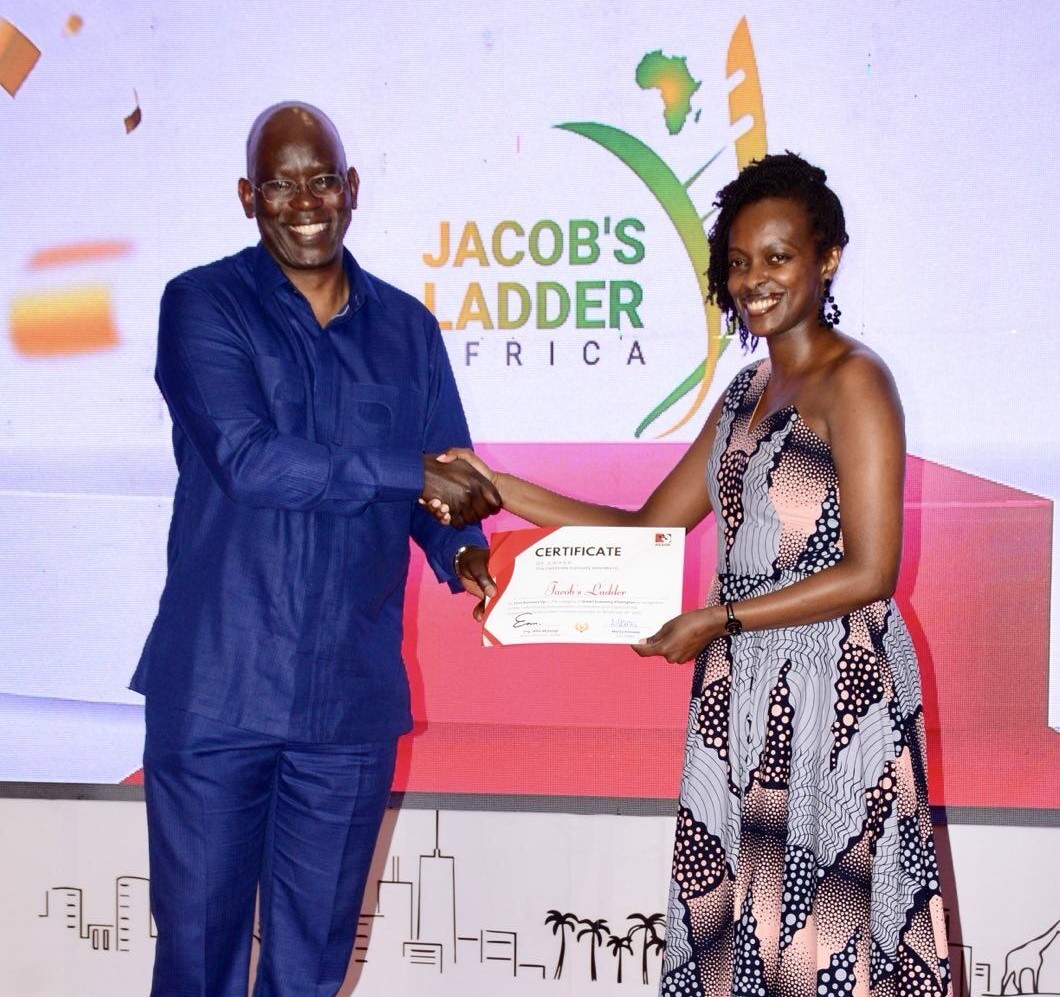It is estimated that, on average, a person interacts with about 6000-10000 ads per day disseminated through different platforms and mediums. What determines the efficacy of the myriad of messages that a person comes into contact with? While it’s essential that communication is competently disseminated, it’s equally important to take into account human nuances that impact the reception of new information and messaging.
Let’s bring this into the arena of sustainability communication and explore the attitudes that people have towards climate change, especially in relation to the direct impact on their lives.
The Africa Youth Climate Initiative surveyed young people in African countries to understand their attitudes towards climate change. When asked about the significance of climate change in relation to other issues such as healthcare, education and unemployment, 63% of Kenyan youth indicated that climate change is an equally pressing issue. In comparison, 34% and 24% of youth in Egypt and Nigeria respectively, considered climate change to be among the most crucial challenges to solve. On the other hand, 41%, 46% and 88% of youth in Egypt, Nigeria and Kenya, respectively, saw economic opportunity for themselves and their communities in the area of climate action.
What is behind the myriad of positions we hold as individuals and societies especially where climate change is concerned? This is important to consider in order to understand how communications can effectively shape the narratives that we live by.
As a man thinketh….
Whether articulated verbally or not, a person is guided by a belief system, usually a sum total of thoughts, experiences, aspirations and fears that are expressed in day-to-day living and decision-making, while impacting how new information is received and potentially acted upon.
For instance, a person may respond to the call for urgent climate action with apathy because of a primary concern with meeting their immediate physiological needs. On the other hand, one may resonate with messaging focused on the contribution of personal actions such as recycling, giving up driving or driving for fewer days a week, and adopting renewable energy sources, in order to feel a modicum of control over an issue that they consider grand and possibly out of reach for them.
Create new pathways to live by
If you take to the streets and ask people what would constitute a better future for them, it’s likely that the attainment of various relational, business, educational or financial desires would be articulated. However, generations of people have pursued all these things and yet the world’s most persistent challenges have essentially remained in place. Since the 1970s, numerous conferences and deliberations have been held with the intention to drive urgent action on climate change, yet the results yielded with each iteration have been minimal and faced with various obstacles.
In light of this, communications can help create new worlds and chart new pathways for people, communities and organisations to take. These new trajectories include different approaches to thinking that explore previous belief patterns and actions, comparing their resulting consequences with the view to map a new way of living going forward.
Human and industrial activity has been identified as being among the primary reasons for the continuous emission of greenhouse gases into the atmosphere. By offering people a mirror in which they can see themselves and the results of their actions accurately, an impetus for lasting behavioural change can be created.







